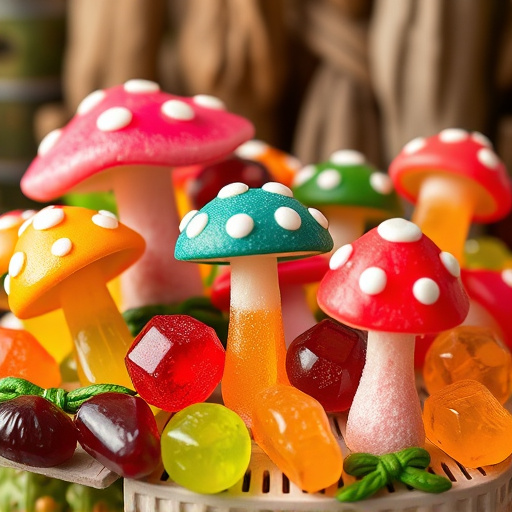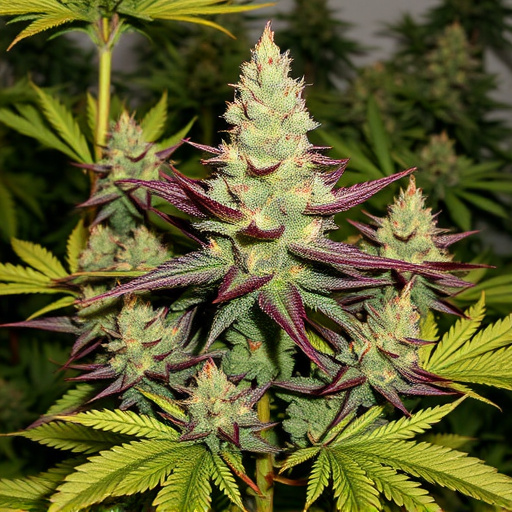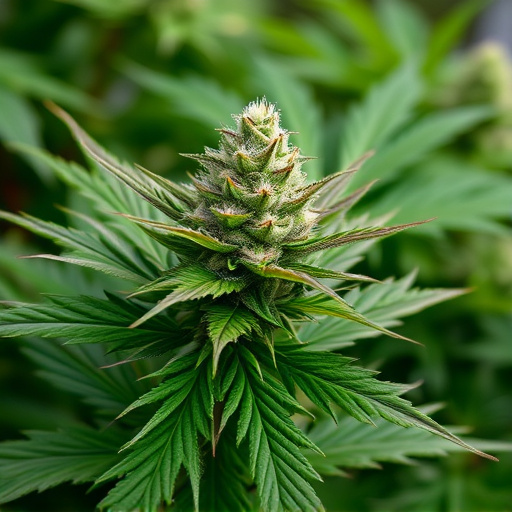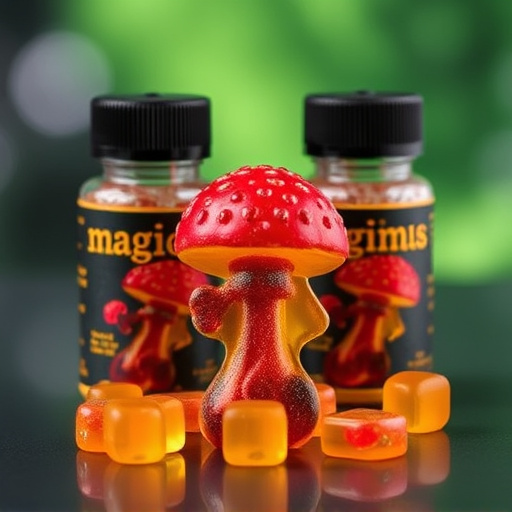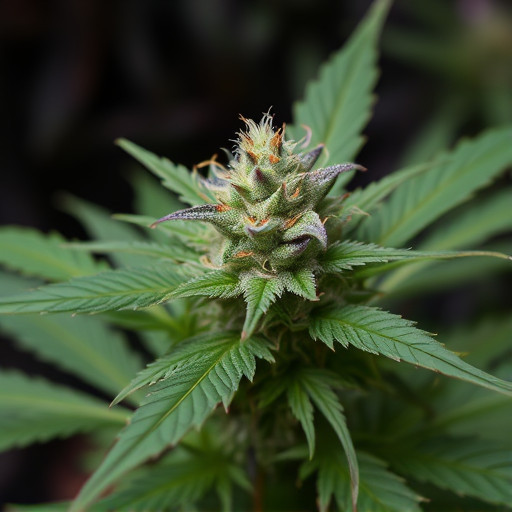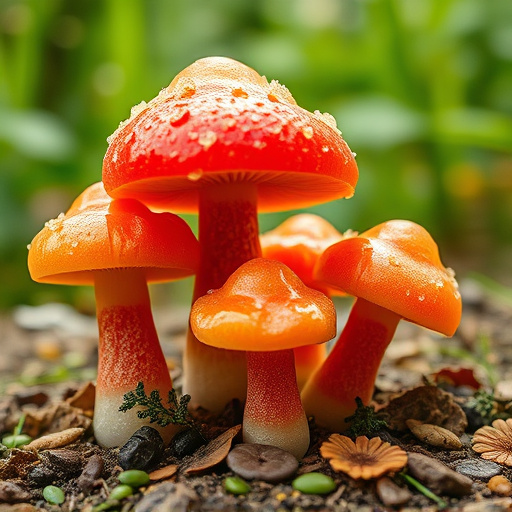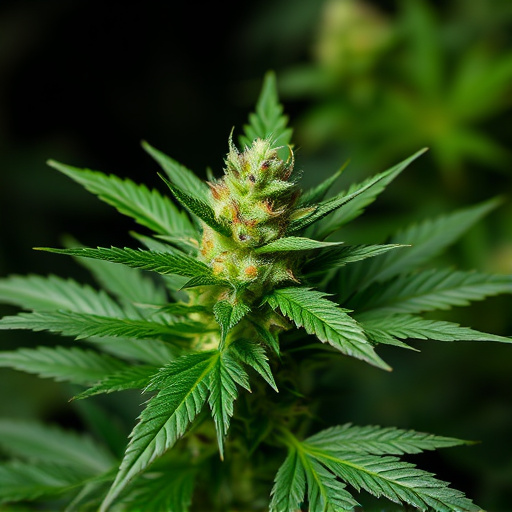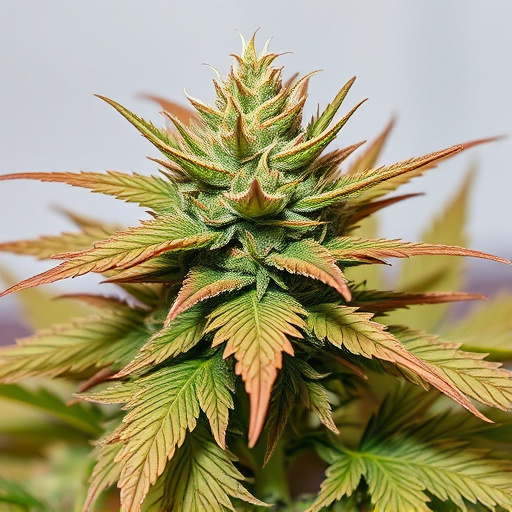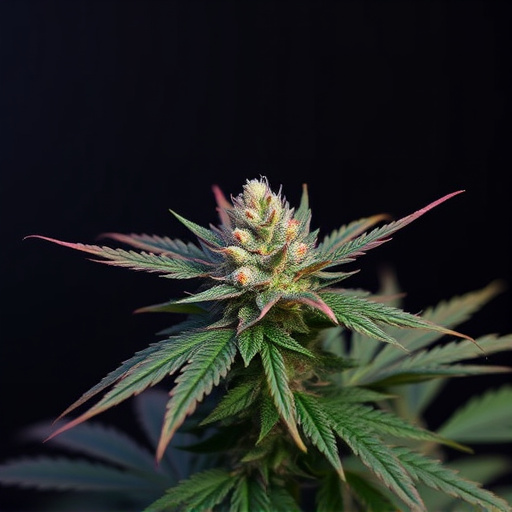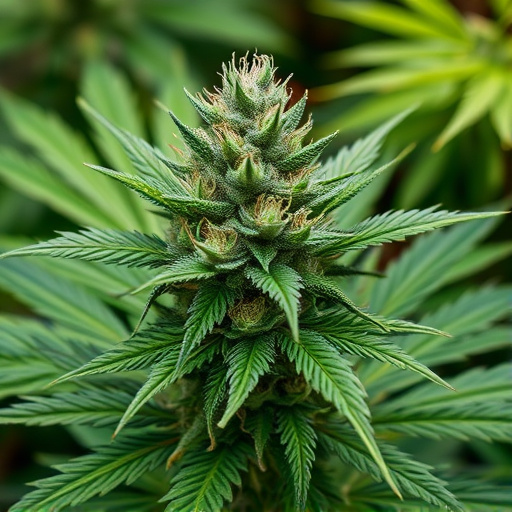Rare cannabis strains owe much of their allure to microscopic trichomes—hair-like structures that produce essential oils and resins, influencing aroma, flavor, and potency. With varying densities across strains, these trichomes not only enhance the user experience but also play a crucial role in plant survival by attracting pollinators. Their unique shapes, sizes, and colors set rare varieties apart, offering cultivators and enthusiasts valuable insights into their genetics and catering to diverse consumer preferences in the cannabis market.
Unveiling the intricate world of trichomes offers a deeper understanding of cannabis flower’s allure. These microscopic hairs, integral to the plant’s structure, play a pivotal role in shaping its unique characteristics. In the realm of rare cannabis strains, trichome profiles become even more captivating, revealing subtle differences that contribute to diverse effects and aromas. This article explores the mysteries of trichomes, their significance in identifying rare strains, and their profound impact on the overall quality and experience of cannabis flowers.
- Unveiling the Mystery of Trichomes: What Are They?
- Rare Cannabis Strains and Their Unique Trichome Characteristics
- The Role of Trichomes in Cannabis Flower Quality and Effects
Unveiling the Mystery of Trichomes: What Are They?
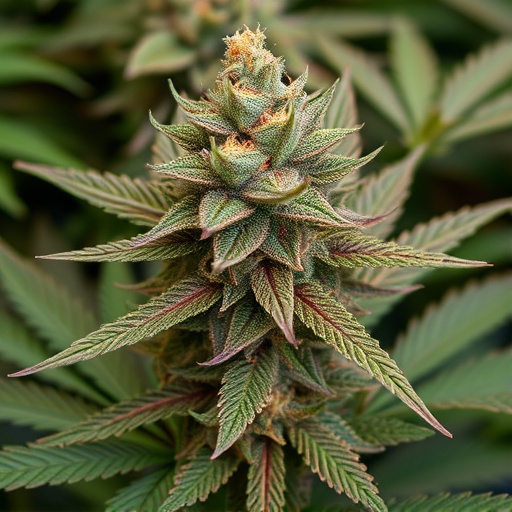
Trichomes, often described as tiny hair-like structures, are an intriguing aspect of cannabis flowers, adding to the allure and mystique surrounding this remarkable plant. They are a unique feature that sets apart rare cannabis strains from their more common counterparts. These microscopic glands exude essential oils and resins, contributing significantly to the plant’s aroma, flavor, and potency.
Unveiling the intricate world of trichomes reveals a complex interplay between cannabis’ chemical composition and its environmental conditions. Their density and structure vary across different strains, with rare varieties often boasting exceptionally high trichome counts, leading to more concentrated terpenes and cannabinoids. This natural phenomenon not only influences the sensory experience but also plays a crucial role in attracting pollinators, showcasing nature’s intricate design in fostering plant survival.
Rare Cannabis Strains and Their Unique Trichome Characteristics
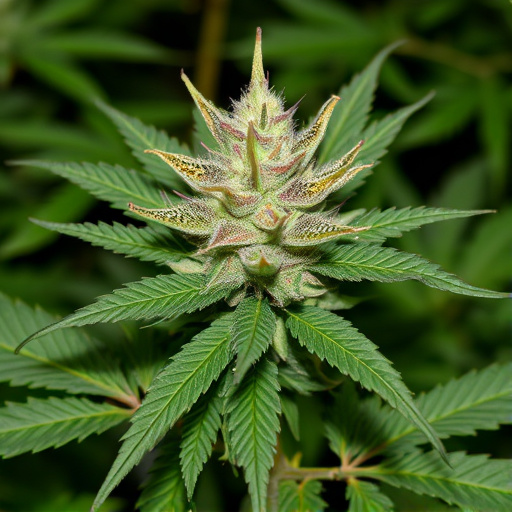
Rare cannabis strains often stand out not just for their elusive nature but also for their distinctive trichome characteristics. These tiny hair-like structures, found on the surface of cannabis flowers, produce cannabinoids and terpenes, contributing significantly to the plant’s unique effects and aromas. In rare strains, trichomes can exhibit unusual shapes, sizes, and colors, setting them apart from more common varieties. For instance, some may have longer, slender trichomes that glisten with a delicate resin, while others might feature dense packs of shorter, plumper trichomes offering an intense flavor profile.
Understanding the trichome characteristics of rare cannabis strains provides cultivators and enthusiasts with valuable insights into the plants’ genetics and potential therapeutic benefits. These unique traits can lead to highly sought-after varieties, each with its own specific terpene and cannabinoid profiles, catering to diverse consumer preferences and medical needs.
The Role of Trichomes in Cannabis Flower Quality and Effects
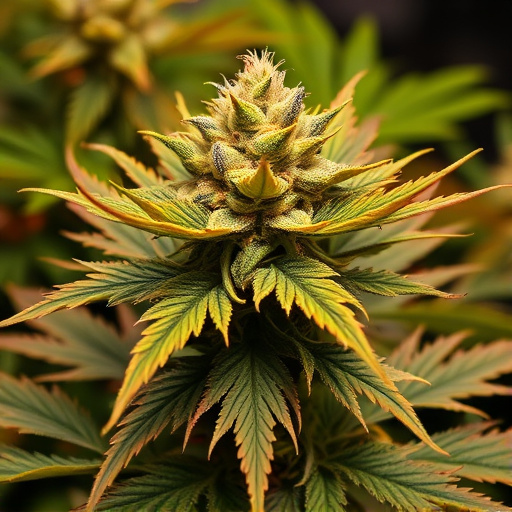
Trichomes, those tiny hair-like structures that coat the surface of cannabis flowers, play a pivotal role in determining the plant’s quality and the user’s experience. They are not merely superficial features but active participants in the cannabis plant’s defense mechanism and its interaction with consumers. These trichomes produce and encapsulate various cannabinoids and terpenes, which are responsible for the unique effects and aromas associated with different rare cannabis strains.
In the realm of rare cannabis strains, understanding trichome development is crucial. As the flowers age, trichomes mature, enhancing their production of these valuable compounds. When consumed, the interaction between cannabinoids like THC and CBG, along with specific terpenes, creates a complex profile of effects, ranging from uplifting and energizing to relaxing and soothing. This intricate dance of chemistry within trichomes is what sets apart rare strains, offering consumers a diverse range of experiences tailored to their preferences.
In understanding trichomes, we uncover a crucial component shaping the unique characteristics of rare cannabis strains. These tiny glands not only contribute to the visual appeal but also significantly influence the quality and effects of the plant. By exploring their role in flower development, we gain insights into why certain rare strains are celebrated for their distinct aromas, potencies, and therapeutic benefits. This knowledge empowers both cultivators and consumers to appreciate the intricate details that make cannabis such a multifaceted and captivating plant.
